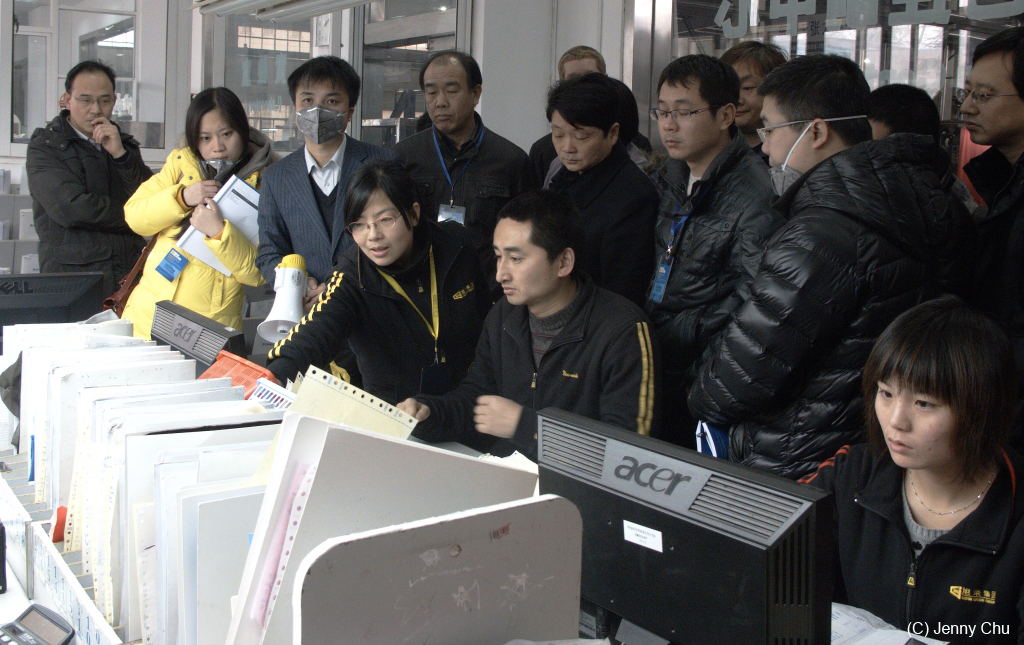- Projects & Programmes
- Scaling up the Greening of China’s Supply Chains
Our Portfolio
Scaling up the greening of China’s supply chains
Background
In 2012, China’s government tasked the textile sector to reduce energy intensity 20% by 2015 compared with 2010 levels. During that year, an earlier REEEP-funded project with Azure International created a capacity-raising energy efficiency programme which brought together the China National Textile and Apparel Council (CNTAC), four leading brands (Levi Strauss, adidas group, H&M and GAP), the International Finance Corporation (IFC) and 13 textile suppliers.
In less than 10 months, a third of these suppliers had implemented energy saving measures, reducing individual energy bills by an estimated 10%, avoiding an estimated 12,000 tons of CO2e emissions and saving 11,000 MWh annually as a group. This proved that when provided with training and tools, Chinese textile producers are willing to self-finance energy efficiency improvements.
However, significant outside financing was still needed to achieve wide scale energy savings. This follow-up project aimed to provide suppliers with the tools to achieve deeper energy savings, to widen the platform for sharing best practices, and to activate bank-led financing for improved energy efficiency. For this, REEEP collaborated with VF Corporation (home to 38 brands including Wrangler, Nautica and The North Face) and CNTAC. Together with the IFC, the project also engaged with Chinese partner banks to create evaluation criteria for energy efficiency project lending, and to work with suppliers to capture lender-relevant data on energy use.
Photo (right): Interactive energy efficiency audit training in a factory setting.

Outcomes
The project Opening Summit was attended by 77 participants, including representatives from 22 participating factories, brands such as Primark and IKEA and a number of Chinese banks. Presentations, workshops, trainings and action planning sessions were held in different parts of the country, and were attended by in total 169 participants from 107 factories. The sessions were well received and generally considered successful. The trainings held covered, among other subjects, data collection management and carrying out energy audits. Energy audits were carried out in 21 factories belonging to the VF supply chain. Of the 151 recommendations made after the audits, most were for investments with a payback time of less than a year, and it is estimated that 47% were adopted. Case studies and toolkits were developed to pave the way for further implementation.
The IFC and other financial institutions were less involved in the project than was originally planned; this was due to the fact that the energy efficiency projects proposed and carried out in the textile factories were generally too small to be interesting to banks.
Also, once provided with a baseline survey and energy audit report, many factory owners decided to implement the projects without applying for financing, and thus demand for financial services was not as high as expected.
In the coming years, the main challenge will lie with upscaling the initiative to encompass the entire Chinese textile and apparel industry; due to its enormous size and high growth rate, maintaining the momentum of change within the industry will require not just adequate levels of resources but also good leadership. After the end of the project, the implementing partner lost some of the key people that had been involved, and thus the expertise and experience they had gained. It was suggested that one of the large clothing brands involved in the project could play a leadership role in taking it forward, since they have the most to gain from demonstrating their commitment to sustainable production methods, both to consumers and the Chinese authorities.